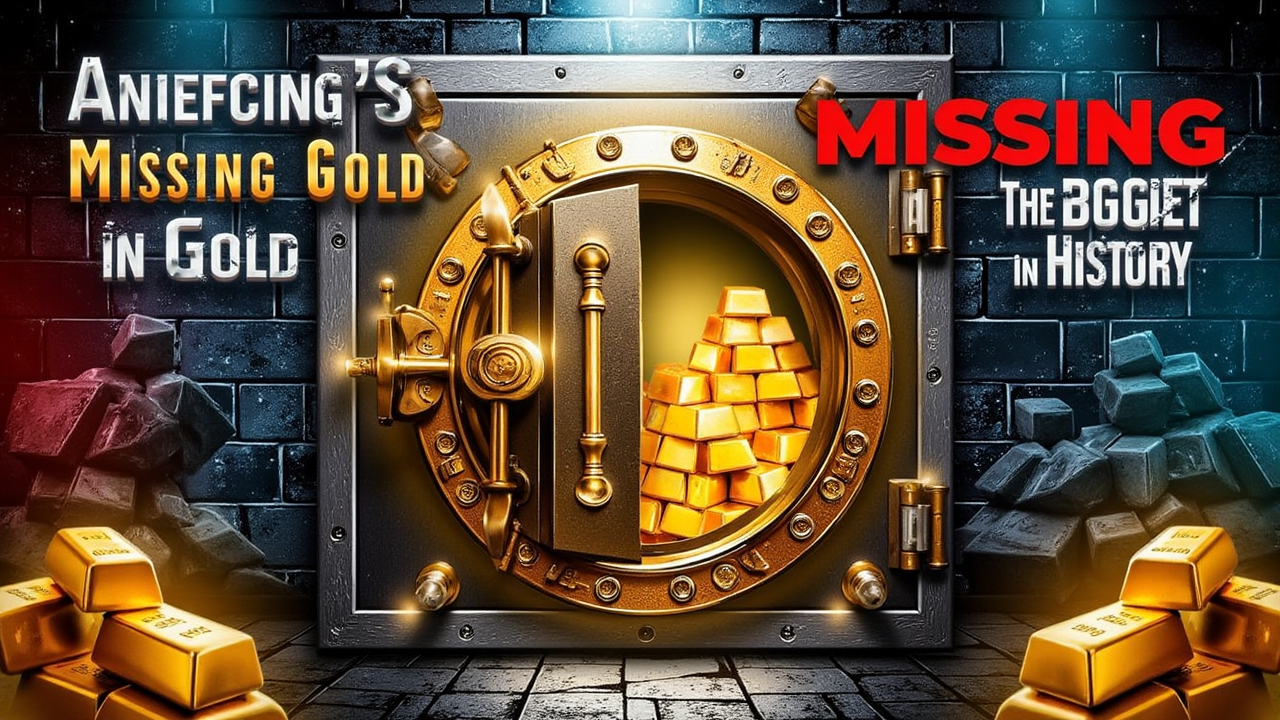
What if I told you that America’s gold reserves—totaling over 8,000 tons—have not been thoroughly audited in decades? This startling fact raises serious questions about transparency, trust, and the stability of the U.S. financial system. In this deep dive, we’ll explore the mystery surrounding Fort Knox, the Federal Reserve, and America’s seemingly unwavering confidence in its gold holdings. With rumors of missing gold, counterfeits, and an absence of proper audits, we’ll examine the implications for the economy and everyday citizens. Are our gold bars real? And why won’t the government conduct a comprehensive audit?
The Unanswered Questions
The United States officially holds the largest gold reserves in the world—over 8,100 tons, primarily stored in Fort Knox, the West Point Bullion Depository, and the Federal Reserve Bank of New York. However, the last full, independent audit of these reserves took place in the 1950s. While periodic inspections have been conducted, they lack the transparency and comprehensiveness that many experts demand.
This lack of oversight has fueled speculation. Could some of the gold be missing? Could counterfeit gold bars have replaced genuine ones? Without a full audit, these remain unanswered questions.
Why Doesn’t the Government Conduct a Full Audit?
The U.S. Treasury and Federal Reserve claim that periodic inspections and internal controls are sufficient to ensure the integrity of the gold reserves. However, critics argue that these checks are not independent, nor are they detailed enough to confirm that all the gold remains intact and genuine.
One possible reason for the lack of a full audit is the fear of what it might reveal. If gold has been secretly sold, leased, or otherwise mismanaged, a full-scale investigation could expose a financial scandal of historic proportions. Such a revelation could shake global confidence in the U.S. dollar, which still functions as the world’s primary reserve currency.
Theories and Speculations
Several theories attempt to explain the reluctance to conduct a full audit:
- The Gold is Gone: Some believe that a portion of the gold has been secretly sold or leased to other nations or institutions to manipulate gold prices or prop up the U.S. financial system.
- Counterfeit Gold Bars: Others suggest that some of the gold bars in Fort Knox could be tungsten-filled counterfeits, an issue that has surfaced in international gold markets before.
- A Confidence Game: The U.S. government may fear that proving the gold reserves are not as solid as claimed could trigger a financial panic, damaging trust in the economy.
What Would a Gold Scandal Mean for the Economy?
If an audit revealed missing or counterfeit gold, the implications would be severe. The U.S. dollar, which is no longer backed by gold but still relies on global confidence, could suffer a major credibility blow. The stock markets could react negatively, and gold prices could skyrocket as investors scramble for real assets.
Foreign countries that hold U.S. dollars as reserves—such as China and Russia—could lose faith in America’s financial system, accelerating efforts to move away from the dollar as the world’s reserve currency. This could lead to economic instability and increased inflation, directly affecting the cost of living for ordinary Americans.
A Call for Transparency
If the government truly has nothing to hide, then why resist a full audit? A transparent, independent audit would put speculation to rest and restore confidence in America’s gold reserves. Until then, questions will continue to linger, and suspicions will grow.
So, are our gold bars real? Without a full audit, we simply don’t know.
If you found this investigation intriguing, like and share this article! Let’s get the conversation started!











Leave a Reply